Idrija, one of the oldest mining towns in Slovenia. The Mercury Mines, 500 years old legacy of hardship and almost certain early death for the miners while in contrast, the delicate Idrija Lace, a centauries old bobbin lacemaking craft that provided social, creative and economic development for the people of this mining town. Slovenia has many caves and underground lakes. In the Notranjska region, an hour’s drive from Idrija, is Križna Jama Cave, a spectacular natural karst cave, as is the disappearing lake, Lake Cerknica, an area renowned for its wildlife and plants.
Idridja, a UNESCO Town, is in the heart of Slovenia surrounded by forested mountains. Such a quiet peaceful atmosphere. A beautiful town of small streets and squares with red roof topped buildings overlooked by the 16th Century Gewerkenegg Castle now the Idrija Municipal Museum. The center of the town has the municipal buildings and its tourist office where you may see a demonstration in the craft of bobbin lace making of how the lace is made, the intricate designs and the delicate nature of this centuries old craft. The Castle has an incredible collection of Idrija lace on display.
The mercury that was mined here in Idrija was of the highest quality. Over the 500 years of existence the miners dug 700 kilometers of tunnels, with shafts reaching 380 meters in depth extracting this elusive metal. The mine is now closed but you have an opportunity to go inside and see for yourself the miner’s workplace and the harsh conditions in which they worked. Many died under the age of 30 due to mercury poisoning. The Idrjian “Kamšt” (water wheel complex) is located in Mejac Park beside the Idrijan river. The wooden water-driven wheel with a diameter of 13.5 meters is the largest still preserved in Europe and provided pumped removal at the rate of 300 liters of water per minute from the mines. It is in great condition and the construction of wood and steel is an impressive reminder of the engineering skills that existed way bak then.
Whilst the men worked far below the surface, the wives and ladies spent a lot of time creating delicate lace pieces, a craft that had been practiced over several centuries. This became known as Idrija Lace. The threads are wound onto a wooden bobbin and skillfully intertwined over a pattern mounted onto a pillow. Pins are inserted into the pattern and these are then used to hold the threads in place as the multiple bobbins are switched in front, around, beneath in a most hypnotic movement. Not only did this very local activity produce these amazing lace expressions, but it provided a social activity and a bonding for these ladies and the community itself.
About an hour’s drive south of Idrija, and roughly an hour’s drive from the capital city, Ljubijana, you are in the regions of Notranjska and Green Karst. The country has thousands of cave, but the one I visited is Križna cave. The 8,273 meter long cave system would take a day to cover, so I took a short tour of an hour + to get a taste of the underground spectacle. The cavern ceilings were maybe 4 to 6 meters high with walls carved away with water over the centuries creating patterns and formations, with calcium deposits creating stalagmites and stalactites. Fossilized remains of cave animals such as beers only excite the imagination as we peer into the darkness with our flashlights in the hope of a fleeting glimpse from the past. As we travelled deeper into the cave system….a lake! Its emerald green water beckoning us to explore more. A short boat trip and back again leaving us wondering more as to what surprise may have be waiting if we went further…just around the next bend. This cave is considered to be one of the most beautiful and best preserved natural caves in Europe. This is a must on your travel “Bucket List”.
Going further into the region of Notranjska, my guide pointed out Lake Cerknica. All that was in front of me was flat, lush grassland. This is one of the many disappearing lakes that fill through the winter months and empty during the summer. This was summer and the area becomes extensive farmland: cattle graze, farmers plough the area and plant crops and cut the hay. Come winter the lake will fill and become once again the largest lake in Slovenia where you may fish, sail boats and the migrant birds return.

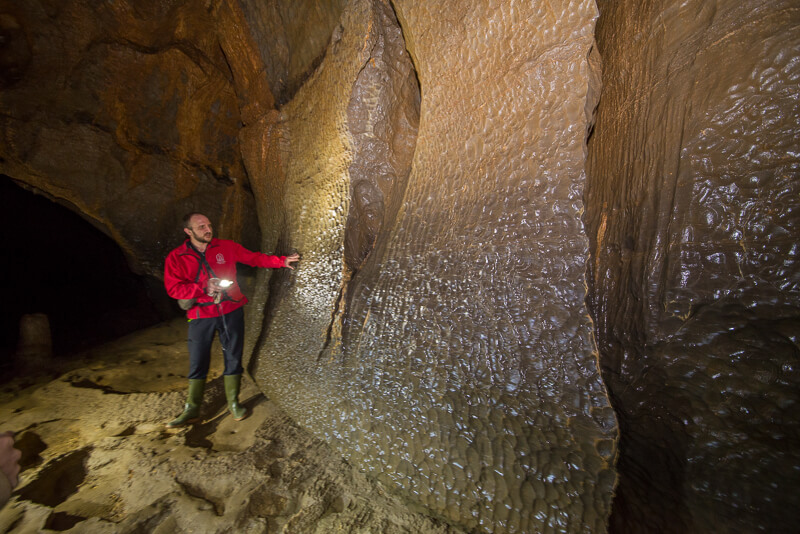
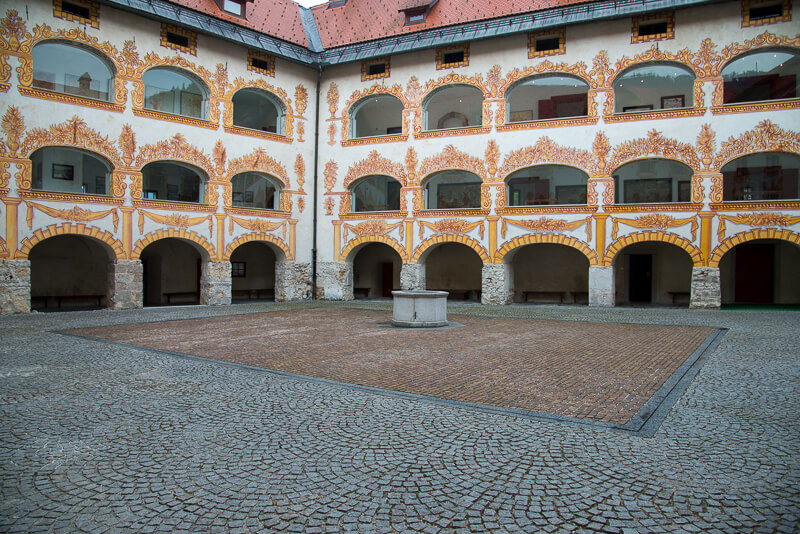
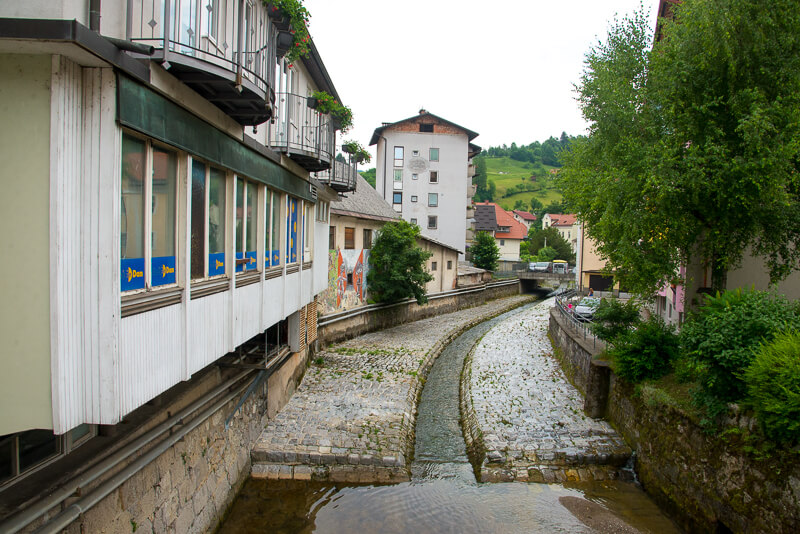

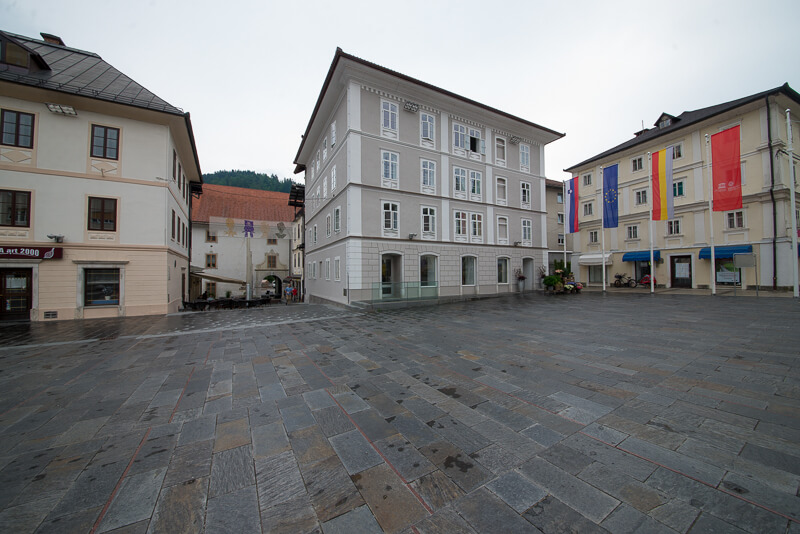
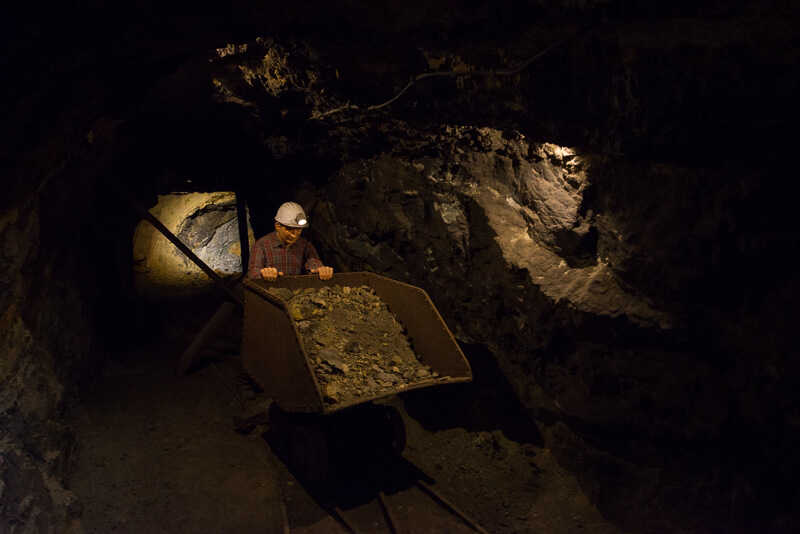
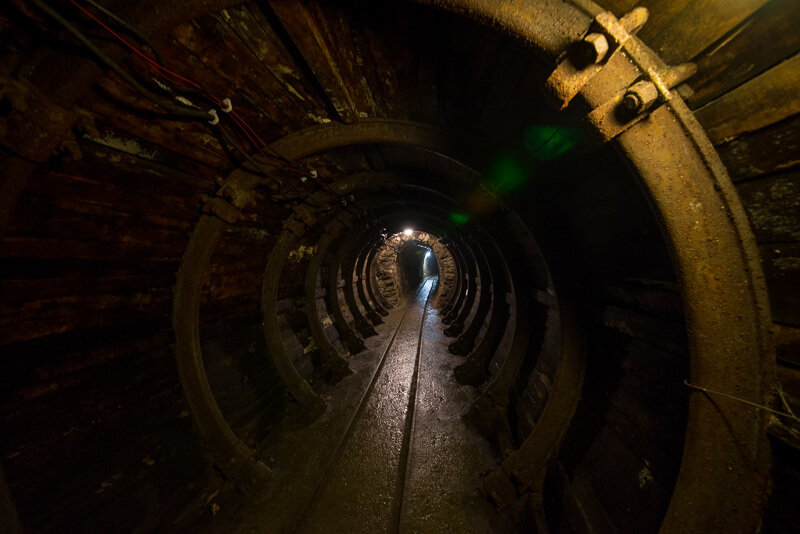
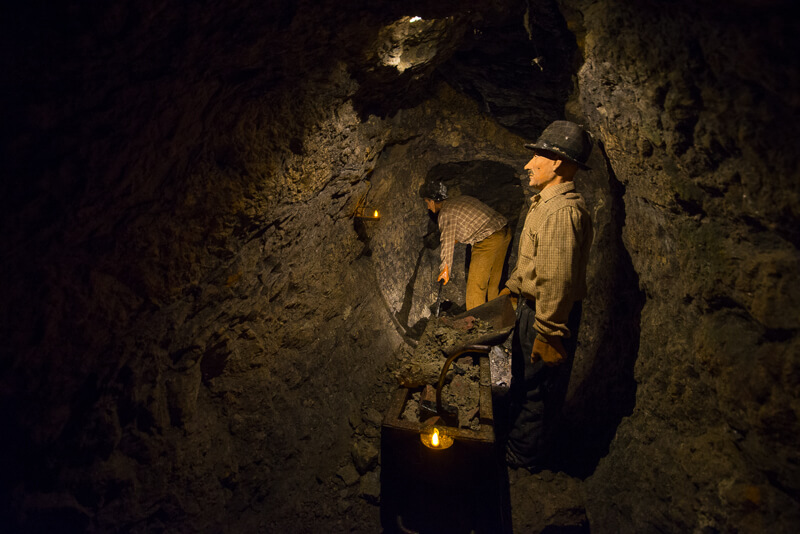
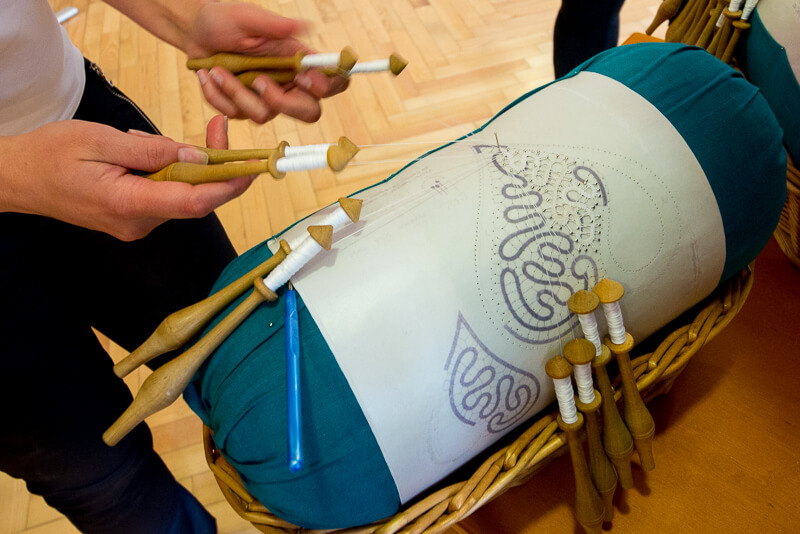
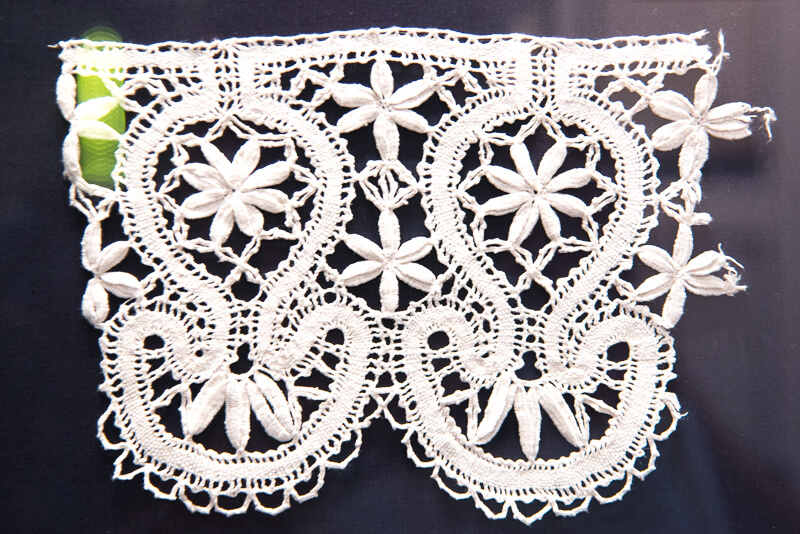
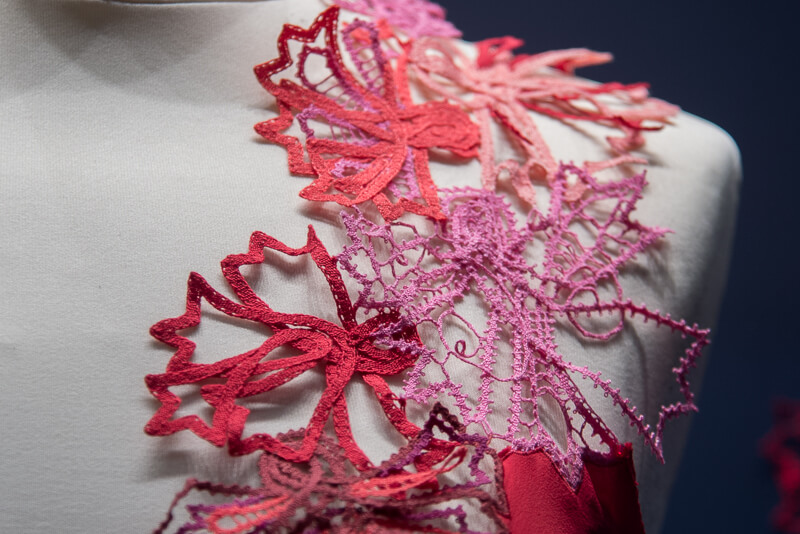
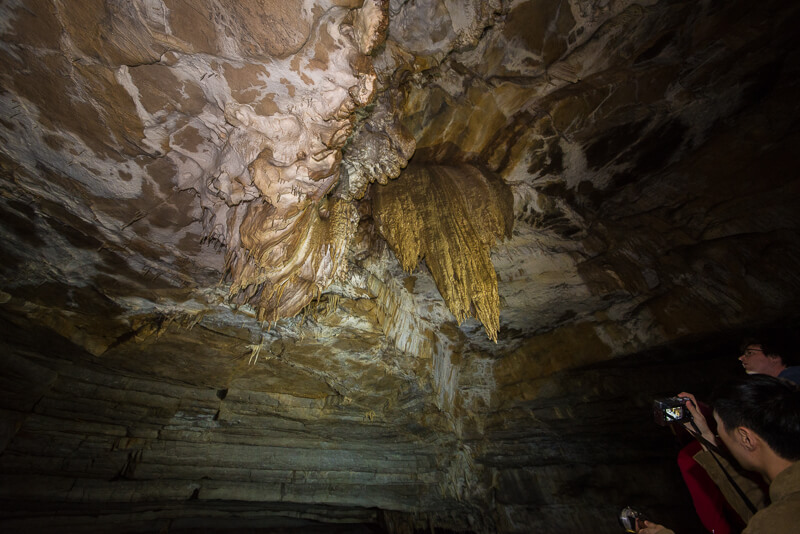
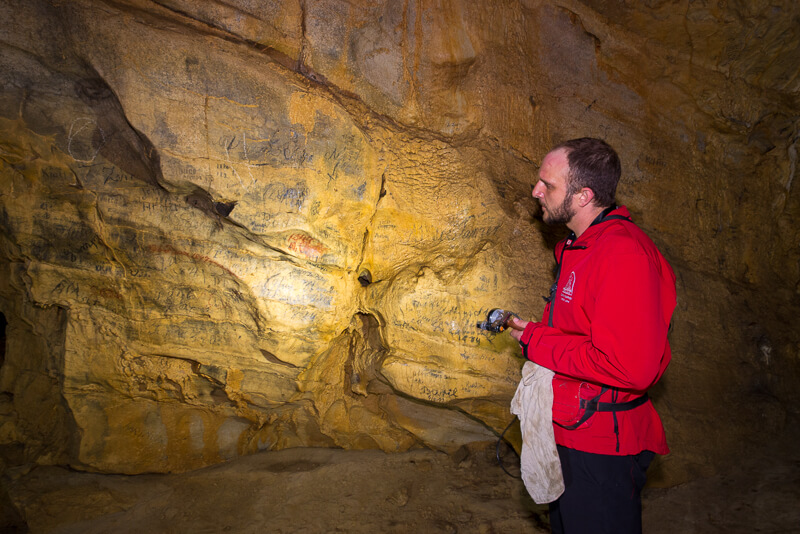
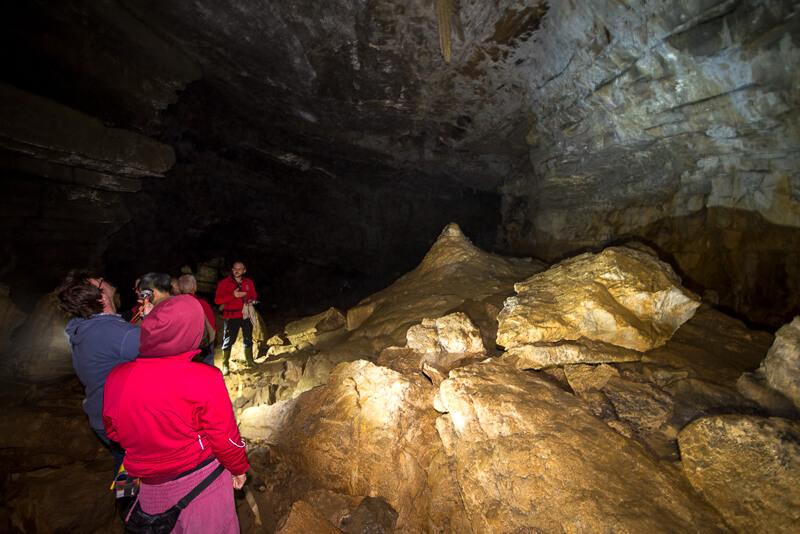
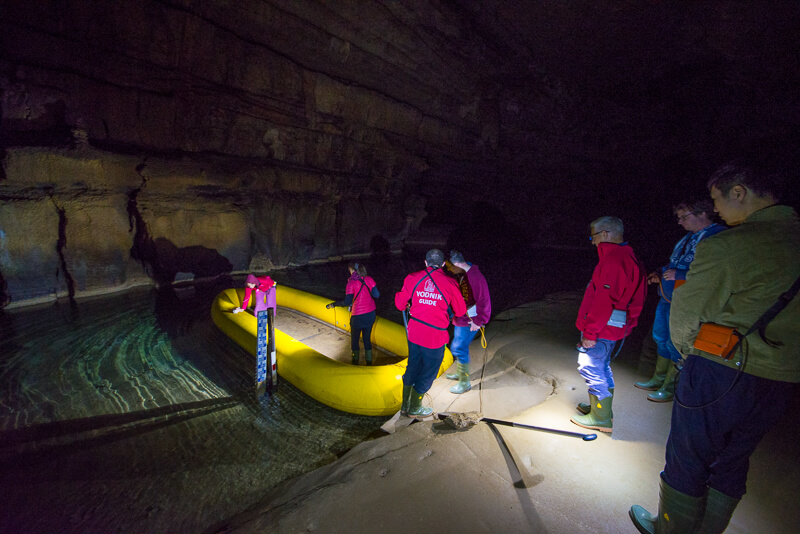
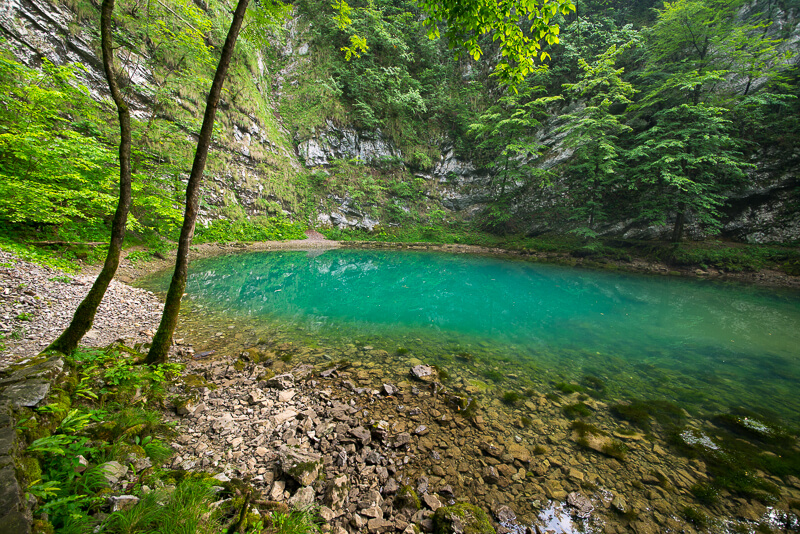
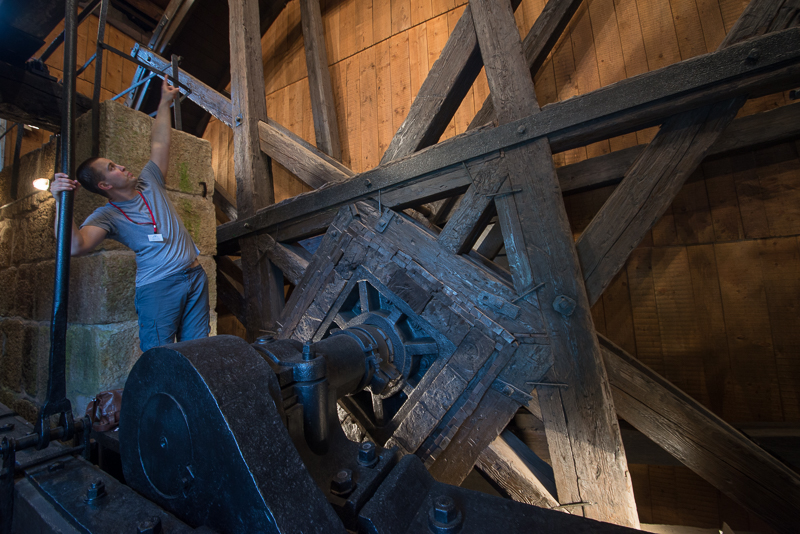
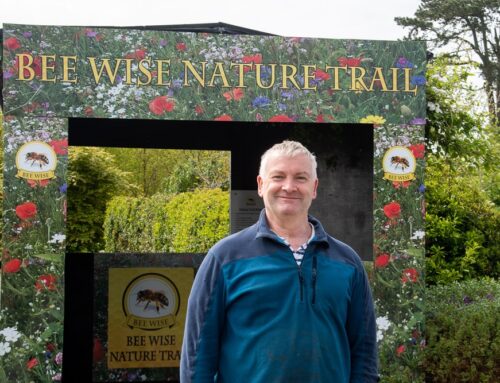
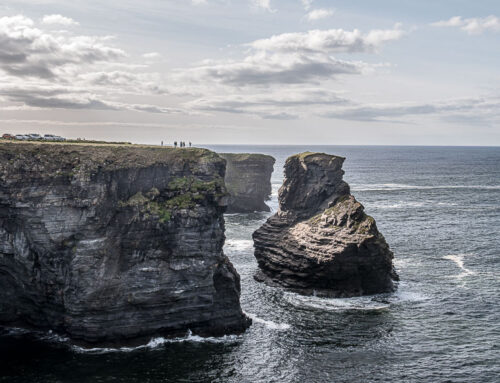
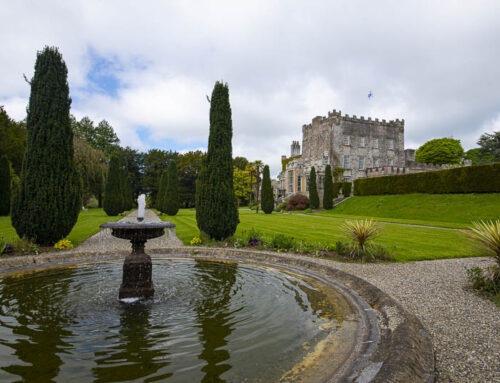
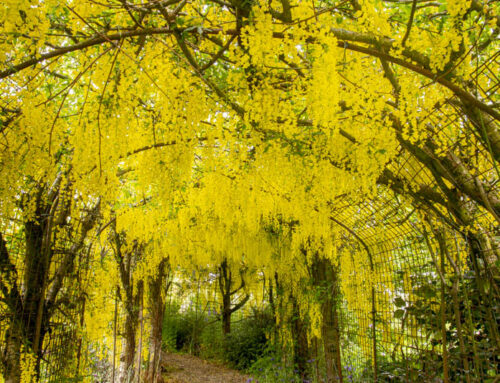

Leave A Comment